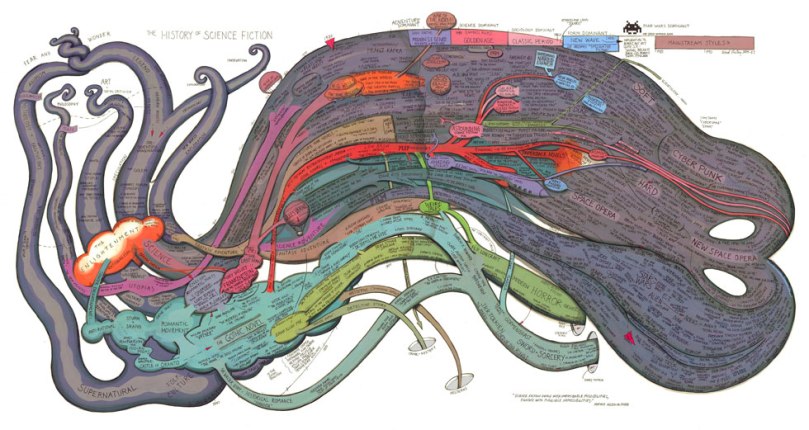
1. N u m o g r a m
Rigorous systematic unfolding of the Decimal Labyrinth and all its implexes (Zones, Currents, Gates, Lemurs, Pandemonium Matrix, Book of Paths …) and echoes (Atlantean Cross, Decadology …).
2. M y t h o s
Comprehensive attribution of all signal (discoveries, theories, problems and approaches) to artificial agencies, allegiances, cultures and continentities.
3. U n b e l i e f
Pragmatic skepticism or constructive escape from integrated thinking and all its forms of imposed unity (religious dogma, political ideology, scientific law, common sense …).
Each vortical sub-cycle of hyperstitional production announces itself through a communion with ‘the Thing’ coinciding with a “mystical consummation of uncertainty” or “attainment of positive unbelief.”
